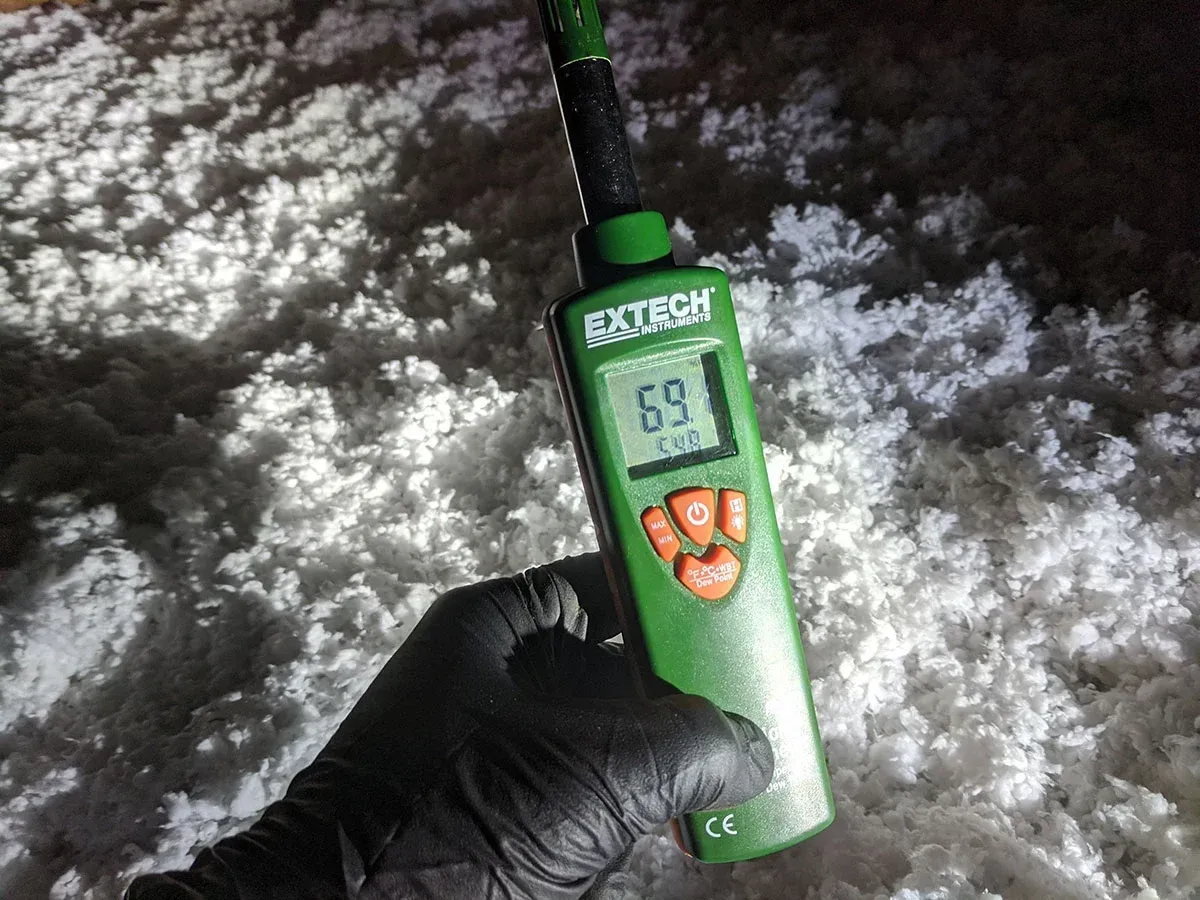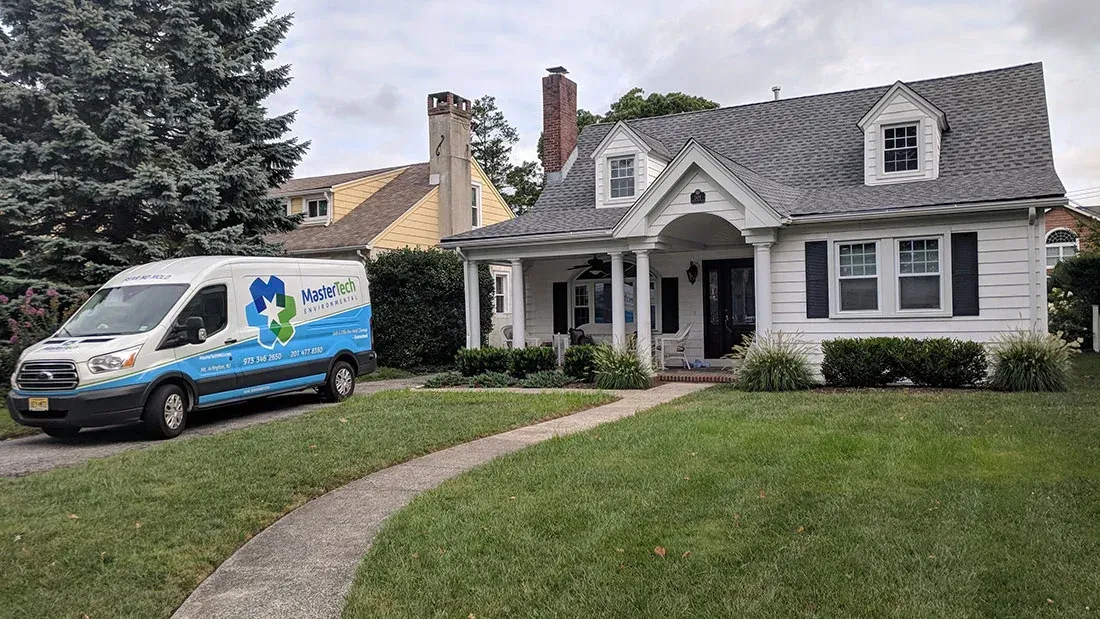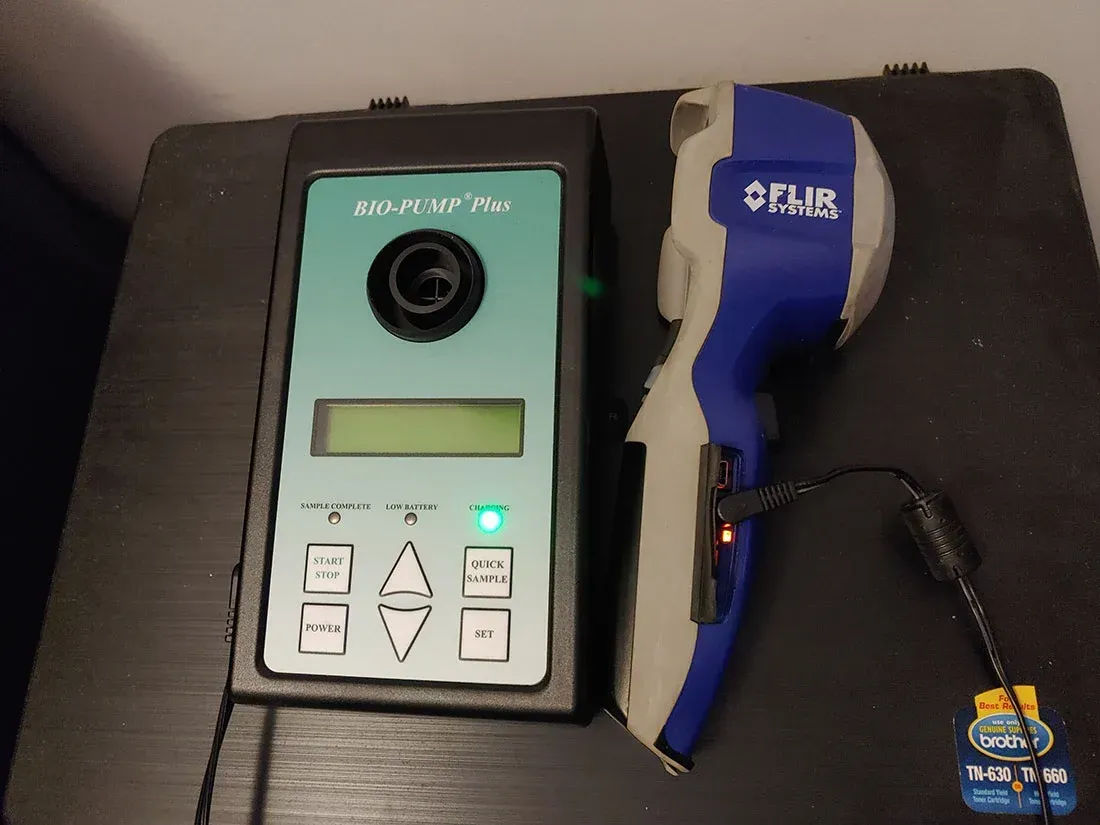Mold Prevention: Simple Steps for a Healthier Home

Winter may bring cozy nights and holiday cheer, but it also brings moisture and condensation that create the perfect conditions for mold. While many homeowners focus on keeping warm during the colder months, keeping your home dry and well-ventilated is equally important. Mold growth doesn't take a break just because the temperature drops. Winter conditions often make your home more vulnerable to mold, especially in areas where moisture builds up.
If you're concerned about mold growth this winter, it's time to act. In Summit, NJ, homeowners can take simple, practical steps to prevent mold from gaining a foothold. Whether it's managing humidity or ensuring proper ventilation, there are several ways you can protect your home and your health this winter.
Taking Personal Responsibility for Mold Prevention
Mold prevention begins with simple, everyday actions that every homeowner can take. It's about being proactive—regularly wiping down windows where condensation builds up, running exhaust fans during showers, and ensuring airflow in often-overlooked areas like closets and attics. Checking for leaks under sinks, around windows, or in basements should be a weekly routine. Even something as straightforward as moving furniture away from exterior walls can improve air circulation and prevent moisture from getting trapped. By staying mindful of these details and acting quickly when moisture appears, you can drastically reduce the chances of mold taking hold in your home.
How Can You Prevent Mold Growth in Winter?
The key to stopping mold is controlling moisture. Here's how to act:
1. Keep Humidity Below 60%: You can't see humidity, but you can feel it—especially in bathrooms and basements. Get a hygrometer (a small device that measures indoor humidity) and track it daily. If the reading climbs over 60%, it's time to plug in a dehumidifier. Focus on rooms where you notice moisture on walls or floors after a shower or cooking.
2. Improve Ventilation: Stagnant air is a mold magnet. Open windows for a few minutes daily, even in winter, to let in fresh air. Run exhaust fans during and after cooking or bathing in high-moisture areas like kitchens or bathrooms. If your basement feels stuffy, set up a small fan to keep air circulating and reduce mold risk.
3. Fix Leaks Immediately: Even a slow drip under the kitchen sink or a tiny crack in a window can lead to moisture build-up. After using your faucets, run your hand along the pipes and check for dampness. Inspect windows and roofs after rain for signs of leaks and seal any cracks with caulk to prevent water intrusion.
4. Manage Condensation: On cold mornings, look at your windows. Do you see fog or moisture droplets? That's condensation, and it needs to be wiped down before it becomes a bigger issue. Insulating windows or using thermal curtains can help prevent this. If you consistently see condensation, consider installing a vapor barrier to keep cold and warm air from creating moisture.
5. Clean Mold-Prone Areas Regularly: Mold loves dark, damp places. Regularly scrub bathroom tiles, kitchen backsplashes, and basement corners with mold-killing products. Dry bath mats and towels immediately after use, and don't leave damp laundry around. Mold can hide in dust, too, so don't skip regular vacuuming and dusting—especially in hard-to-reach areas.
6. Be Careful with Storage: If you're storing winter clothes or summer gear, avoid cardboard boxes, which trap moisture and invite mold. Use plastic bins with tight-fitting lids and keep them elevated off the ground, especially in basements or attics. Before storing items, ensure they are completely dry, and consider adding moisture absorbers or silica packets to help keep things dry.
7. Maintain Outdoor Areas: Mold can enter your home from the outside. Clean gutters can prevent water overflow that can lead to leaks. Sweep away decomposing leaves and dirt that collect around doorways and windows. If your yard floods, install proper drainage systems to divert water from your home's foundation.
Protect Your Home from Mold This Winter and Beyond
Winter mold is a bigger threat than many homeowners realize, but it's preventable with the right knowledge and actions. Mold does not disappear in the colder months, and winter conditions can create an ideal environment for mold growth. Thankfully, homeowners can take steps to control moisture, from improving ventilation to addressing leaks and managing condensation.
By staying proactive—monitoring humidity levels, fixing issues as they arise, and keeping your home well-ventilated—you can protect your living space from mold year-round. These steps safeguard your property and protect your family's health. If mold does become an issue, remember that professional mold remediation services in Summit, NJ, are always available to help. Prepare now; you'll enjoy a healthier, mold-free home all winter.

When the unexpected happens,
you should only trust the best. ®
Services:
Service Areas:
Mastertech Environmental - Mold Inspection Morristown, Mold Remediation Morris County NJ | Bridgewater | Florham Park | Sitemap




